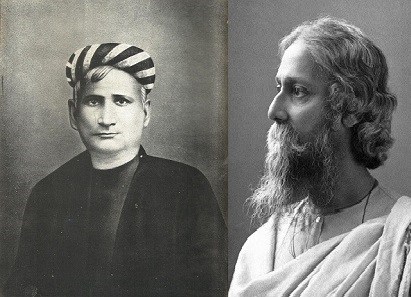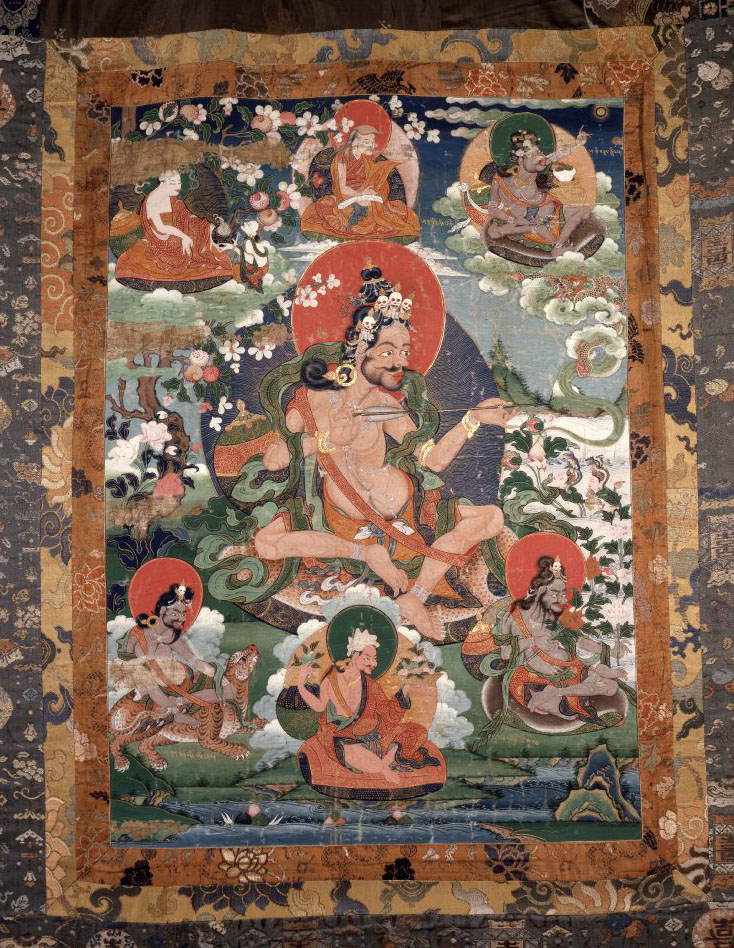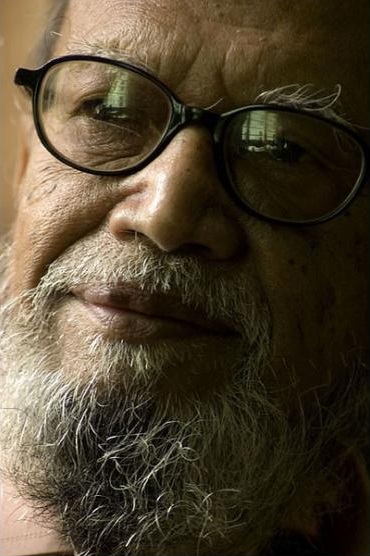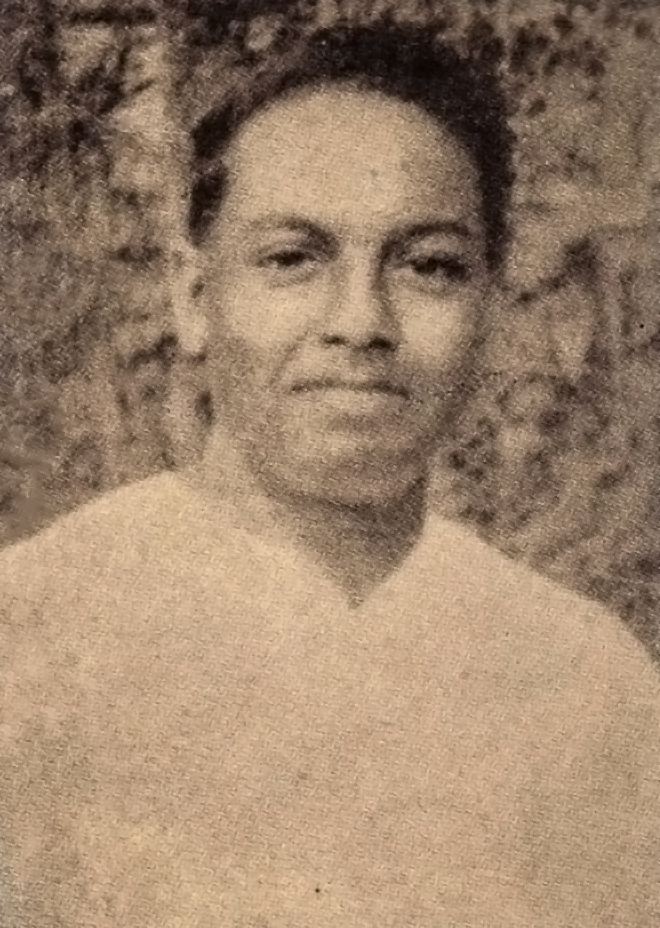|
Bengali Poetry
Bengali poetry is a rich tradition of poetry in the Bengali language and has many different forms. Originating in Bengal, the history of Bengali poetry underwent three successive stages of development: poetry of the early age (like '' Charyapad''), the Medieval period and the age of modern poetry. All ages have seen different forms of poetry and poetical tradition. It reached the pinnacle during the Bengali Renaissance period although it has a rich tradition and has grown independent of the movement. Major Bengali Poets throughout the ages are Chandidas, Krittivas Ojha, Maladhar Basu, Bijay Gupta, Mukundaram Chakrabarti, Kashiram Das, Alaol, Syed Sultan, Ramprasad Sen, Michael Madhusudan Dutt, Nabinchandra Sen, Rabindranath Tagore, Dwijendralal Ray, Satyendranath Dutta, Kazi Nazrul Islam, Jibanananda Das, Jasimuddin, Sukanta Battacharya, Al Mahmud, Joy Goswami. Introduction Poetry in the colloquial dialect of Bengal first originated from Prakrit, and based ... [...More Info...] [...Related Items...] OR: [Wikipedia] [Google] [Baidu] |
Bengali Language
Bengali, also known by its endonym and exonym, endonym Bangla (, , ), is an Indo-Aryan languages, Indo-Aryan language belonging to the Indo-Iranian languages, Indo-Iranian branch of the Indo-European languages, Indo-European language family. It is native to the Bengal region (Bangladesh, India's West Bengal and Tripura) of South Asia. With over 242 million native speakers and another 43 million as second language speakers as of 2025, Bengali is the List of languages by number of native speakers, sixth most spoken native language and the List of languages by total number of speakers, seventh most spoken language by the total number of speakers in the world. Bengali is the Official language, official, National language, national, and most widely spoken language of Bangladesh, with 98% of Bangladeshis using Bengali as their first language. It is the second-most widely spoken scheduled languages of India, language in India. It is the official language of the Indian states of West ... [...More Info...] [...Related Items...] OR: [Wikipedia] [Google] [Baidu] |
Rabindranath Tagore
Rabindranath Thakur (; anglicised as Rabindranath Tagore ; 7 May 1861 – 7 August 1941) was a Bengalis, Bengali polymath who worked as a poet, writer, playwright, composer, philosopher, social reformer, and painter of the Bengal Renaissance. He reshaped Bengali literature and Music of Bengal, music as well as Indian art with Contextual Modernism in the late 19th and early 20th centuries. He was the author of the "profoundly sensitive, fresh and beautiful" poetry of ''Gitanjali.'' In 1913, Tagore became the first non-European to win a Nobel Prize in any category, and also the first lyricist to win the 1913 Nobel Prize in Literature, Nobel Prize in Literature. Tagore's poetic songs were viewed as spiritual and mercurial; where his elegant prose and magical poetry were widely popular in the Indian subcontinent. He was a fellow of the Royal Asiatic Society of Great Britain and Ireland, Royal Asiatic Society. Referred to as "the Bard of Bengal", Tagore was known by the sobri ... [...More Info...] [...Related Items...] OR: [Wikipedia] [Google] [Baidu] |
Buddhist
Buddhism, also known as Buddhadharma and Dharmavinaya, is an Indian religion and List of philosophies, philosophical tradition based on Pre-sectarian Buddhism, teachings attributed to the Buddha, a wandering teacher who lived in the 6th or 5th century Before the Common Era, BCE. It is the Major religious groups, world's fourth-largest religion, with about 500 million followers, known as Buddhists, who comprise four percent of the global population. It arose in the eastern Gangetic plain as a movement in the 5th century BCE, and gradually spread throughout much of Asia. Buddhism has subsequently played a major role in Asian culture and spirituality, eventually spreading to Western world, the West in the 20th century. According to tradition, the Buddha instructed his followers in a path of bhavana, development which leads to Enlightenment in Buddhism, awakening and moksha, full liberation from ''Duḥkha, dukkha'' (). He regarded this path as a Middle Way between extremes su ... [...More Info...] [...Related Items...] OR: [Wikipedia] [Google] [Baidu] |
Sahaja
Sahaja ( ) is spontaneous liberating knowledge in Indian Tantric and Tibetan Buddhist religions. Sahaja practices first arose in Bengal during the 8th century among yogis called Sahajiya siddhas. Ananda Coomaraswamy describes its significance as "the last achievement of all thought", and "a recognition of the identity of spirit and matter, subject and object", continuing "There is then no sacred or profane, spiritual or sensual, but everything that lives is pure and void." Etymology The Sanskrit nd the Tibetan, which precisely follows itliterally means: 'born or produced together or at the same time as. Congenital, innate, hereditary, original, natural (...by birth, by nature, naturally...)'. Etymologically, means 'together with', and derives from the root , meaning 'to be born, produced, to occur, to happen'. The Tibetan is an exact etymological equivalent of the Sanskrit. means 'together with', and means 'to be born, to arise, to come about, to be produced'. The Ti ... [...More Info...] [...Related Items...] OR: [Wikipedia] [Google] [Baidu] |
Historical Vedic Religion
The historical Vedic religion, also called Vedism or Brahmanism, and sometimes ancient Hinduism or Vedic Hinduism, constituted the religious ideas and practices prevalent amongst some of the Indo-Aryan peoples of the northwest Indian subcontinent (Punjab and the western Ganges plain) during the Vedic period ( 1500–500 BCE). These ideas and practices are found in the Vedic texts, and some Vedic rituals are still practised today. The Vedic religion is one of the major traditions which Origins of Hinduism, shaped modern Hinduism, though present-day Hinduism is significantly different from the historical Vedic religion. The Vedic religion has roots in the Indo-Iranians, Indo-Iranian culture and religion of the Sintashta culture, Sintashta ( 2200–1750 BCE) and Andronovo culture, Andronovo ( 2000–1150 BCE) cultures of Eurasian Steppe. This Indo-Iranian religion borrowed "distinctive religious beliefs and practices" from the non-Indo-Aryan Bactria–Margiana Archaeological Compl ... [...More Info...] [...Related Items...] OR: [Wikipedia] [Google] [Baidu] |
Prakrit
Prakrit ( ) is a group of vernacular classical Middle Indo-Aryan languages that were used in the Indian subcontinent from around the 5th century BCE to the 12th century CE. The term Prakrit is usually applied to the middle period of Middle Indo-Aryan languages, excluding Pali. The oldest stage of Middle Indo-Aryan language is attested in the inscriptions of Ashoka (ca. 260 BCE), as well as in the earliest forms of Pāli, the language of the Theravāda Buddhist canon. The most prominent form of Prakrit is Ardhamāgadhı̄, associated with the ancient kingdom of Magadha, in modern Bihar, and the subsequent Mauryan Empire. Mahāvı̄ra, the last tirthankar of 24 tirthankar of Jainism, was born in Magadha, and the earliest Jain texts were composed in Ardhamāgadhı̄. Etymology There are two major views concerning the way in which Sanskrit and Prakrit are related. One holds that the original matter in question is the speech of the common people, unadorned by grammar, and that p ... [...More Info...] [...Related Items...] OR: [Wikipedia] [Google] [Baidu] |
Joy Goswami
Joy Goswami ( ; born November 10, 1954) is an Indian poet, novelist, and short story writer. Goswami writes in Bengali and is widely considered as one of the most important poets in the post- Jibanananda Das era of Bengali poetry. His work addresses ordinary lives, marriage struggles, relationships with women, and the act of writing. He is lauded for his linguistically inventive poetry, its semi-abstract imagery, and strong lyrical appeal. Goswami’s work is acclaimed in Bengal and India but remains obscure abroad, despite some translations by 1981 Nobel laureate Roald Hoffmann. His poetry collections, short stories and novels have won several awards, including two Ananda Puraskar, the 1997 Paschimbanga Bangla Akademi Award for ''Bajra Bidyut Bharti Khata (Journal of Thunder and Lightning)'', the 2000 Sahitya Akademi Award for his poetry collection '' Pagali Tomar Sange (Crazy girl, with you)'', the 2012 Banga Bibhushan, the 2017 Moortidevi Award for '' Du Dondo Phowara ... [...More Info...] [...Related Items...] OR: [Wikipedia] [Google] [Baidu] |
Al Mahmud
Mir Abdus Shukur Al Mahmud (known as Al Mahmud; 11 July 1936 – 15 February 2019) was a Bangladeshi poet, novelist, and short-story writer. He is considered one of the greatest Bengali poets to have emerged in the 20th century. His work in Bengali poetry is dominated by his frequent use of regional dialects. In the 1950s he was among those Bengali poets who were outspoken in their writing on such subjects as the events of the Bengali Language Movement, nationalism, political and economical repression, and the struggle against the West Pakistani government. Early life and career Al Mahmud was born on 11 July 1936 at Morail Village of Brahmanbaria District in present-day Bangladesh into a Bengali Muslim '' Zamindar'' family that had the hereditary title of ''Mir''. The ancestors of the family had migrated to the Indian Subcontinent to preach Islam. His father Mir Abdur Rab and mother Raushan Ara Mir were cousins. His grandfather Mir Abdul Wahhab Mullah was a ''Mullah'' and '' ... [...More Info...] [...Related Items...] OR: [Wikipedia] [Google] [Baidu] |
Sukanta Bhattacharya
Sukanta Bhattacharya (; 15 August 1926 – 13 May 1947) was a Bengali poet. He was called "Young Nazrul" and ''Kishore Bidrohi Kobi'' (), a reference to Kazi Nazrul Islam, for his similar rebellious stance against the British Raj and the social elites through the work of poetry. Poetic style and influence As a Marxist poet, he wielded his pen against fascist aggression, the Second World War, the Bengal famine of 1943, communal riots etc. His poems, which describe the sufferings of the common people and their struggle for existence, look forward to an exploitation-free society. His works are deeply marked and influenced by his communist experience. His poetry books include: * ''Chharpatra'' (1948) * ''Ghum Nei'' (1950) * ''Purbabhas'' (1950) * ''Abhijan'' (1953) * ''Mithe-Kadha'' (1951) * ''Hartal'' (1962) * ''Giti Guccha'' (1965) An excerpt from his poem ''Durmor'' signifies his love and passion towards his country: সাবাস বাংলাদেশ! এ পৃথ� ... [...More Info...] [...Related Items...] OR: [Wikipedia] [Google] [Baidu] |
Jasimuddin
Jasimuddin (; 1 January 1903 – 14 March 1976), popularly called Palli Kabi (), was a Bangladeshi poet, lyricist, composer and writer widely celebrated for his modern ballad sagas in the pastoral mode. Although his full name is Jasim Uddin Mollah, he is known as Jasim Uddin. His '' Nakshi Kanthar Math'' and '' Sojan Badiar Ghat'' are considered among the best lyrical poems in the Bengali language. He is the key figure for the revivals of pastoral literature in Bengal during the 20th century. As a versatile writer, Jasimuddin wrote poems, ballads, songs, dramas, novel, stories, memoirs, travelogues, etc. Born in Faridpur, Jasimuddin was educated at Calcutta University where he also worked as Ramtanu Lahiri assistant research fellow under Dinesh Chandra Sen from 1931 to 1937. In 1938, he joined the University of Dhaka and taught there for 5 years. In 1944, he joined the Department of Information and Broadcasting of the then government and retired in 1962. "An ardent suppor ... [...More Info...] [...Related Items...] OR: [Wikipedia] [Google] [Baidu] |
Jibanananda Das
Jibanananda Das (17 February 1899 – 22 October 1954) was a Bengali poet, writer, novelist and essayist in the Bengali language. Popularly called "Rupashi Banglar Kabi'' ('Poet of Beautiful Bengal'), Das is the most read Bengali poet after Rabindranath Tagore and Kazi Nazrul Islam in Bengal. While not particularly well recognised during his lifetime, today Das is acknowledged as one of the greatest poets in the Bengali language. Born in Barisal to a Bengali Hindu family of Baidya caste, Das studied English literature at Presidency College, Kolkata and earned his MA from Calcutta University. He had a troubling career and suffered financial hardship throughout his life. He taught at many colleges but was never granted tenure. He settled in Kolkata after the partition of India. Das died on 22 October 1954, eight days after being hit by a tramcar. Witnesses said that though the tramcar had blown its whistle, Das did not stop, and got struck. Some deem the accident as an attempt ... [...More Info...] [...Related Items...] OR: [Wikipedia] [Google] [Baidu] |










